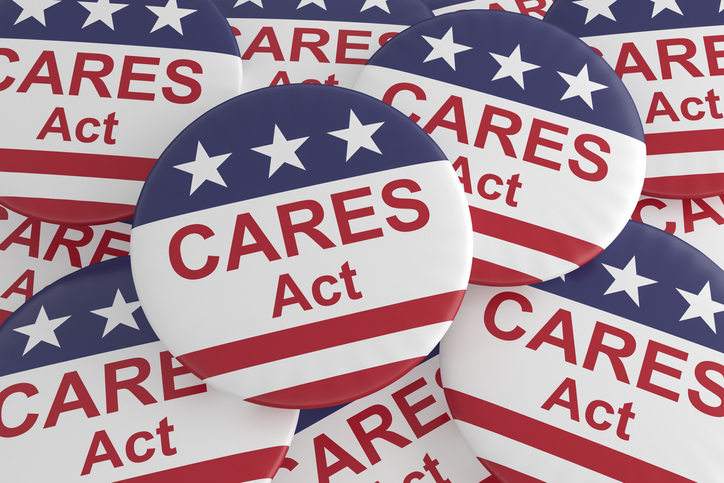Questrom Professor’s Op-Ed Illuminates Weak Points in the Small Business Administration Paycheck Protection Program (PPP)
In a new op-ed published in Barron’s, Questrom Dean’s Research Scholar and Associate Professor Pete Lisowsky examines the $349 billion Small Business Administration Paycheck Protection Program (PPP), made possible by the recently passed Coronavirus Aid, Relief, and Economic Security (CARES) Act. The CARES Act provides $349 billion for small-business loans to keep individuals employed—the loans can be forgiven if funds are used for allowable business expenses, namely payroll.
Still, two provisions—the fact the funds are being distributed on a “first-come, first-serve” basis, and the fact that loans are only forgiven if the borrower can produce documentation the funds were spent on approved expenses—put younger and less sophisticated firms at a substantial disadvantage.
Lisowsky and his co-authors from the University of Chicago Booth School of Business posit that given PPP’s need to quickly disburse funds and their need for documentation will incentivize banks to select their longstanding clients with strong banking relationships over greener firms. Backed by a series of academic research papers, Lisowsky and his co-researchers suggest that to better serve more businesses, the PPP should slow their process of distributing funds, and encourage newer fintech lenders to provide additional liquidity.
